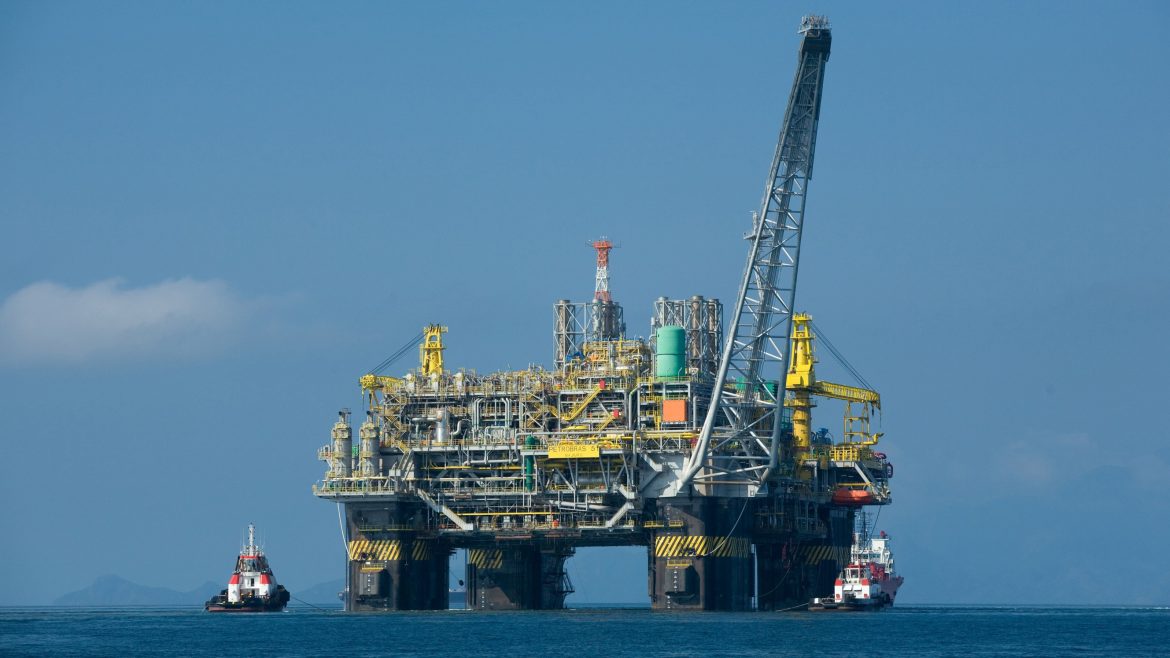Oil prices showed resilience on Tuesday, stabilising after a volatile trading session as concerns over potential supply disruptions in the Middle East and production issues in Libya counterbalanced worries about weakening demand, particularly in China. The market’s recovery from Monday’s sell-off provided additional support, although gains were limited by persistent economic uncertainties.
As of 1001 GMT, Brent crude futures edged up by 12 cents, or 0.16%, to USD 76.42 per barrel, while U.S. West Texas Intermediate (WTI) crude futures rose by 22 cents, or 0.3%, to USD 73.16. Both benchmarks had earlier climbed by over USD 1 a barrel, highlighting the day’s volatility.
The oil market’s cautious optimism comes against a backdrop of escalating tensions in the Middle East. Fears of potential retaliation by Iran following the assassination of a Hamas leader in Tehran and an Israeli attack that killed a Hezbollah commander in Lebanon have raised concerns about a wider regional conflict. These geopolitical risks have put a floor under oil prices, as any escalation could significantly impact global oil supplies.
Adding to supply concerns, Libya’s largest oilfield, Sharara, experienced a production drop of around 20% due to protests. The field, which typically produces 300,000 barrels per day, is a crucial component of Libya’s oil industry, and any disruption can have notable effects on global oil markets.
However, the upward pressure on prices was tempered by persistent worries about oil demand, especially in China, the world’s largest oil importer. Recent data suggesting weaker-than-expected fuel consumption in China has cast a shadow over the market’s near-term outlook. This sentiment was echoed in Saudi Aramco’s latest financial report, which revealed a 3.4% decline in second-quarter profits, attributed to lower crude volumes and softer refining margins.
Panmure Liberum analyst Ashley Kelty commented on the market dynamics, stating, “Fears over a slowdown in the U.S. and weak growth in China look set to weigh heavily on prices, and the increased production from OPEC+ from Q4 adds another headwind that will prevent prices recovering in the near term.”
The global economic landscape continues to influence oil market sentiment. In the United States, the world’s largest oil consumer, recent data showed a recovery in the service sector from a four-year low in July, offering a glimmer of hope for oil demand. Meanwhile, a broader rally in Asian equity markets on Tuesday, following Monday’s plunge, provided additional support to oil prices.
Market analysts remain divided on the short-term outlook. Onyx Capital Group analyst Harry Tchilinguirian noted, “The long-awaited seasonal upturn in demand in Q3 seems to be disappointing. Use of on-road fuels like gasoline and diesel is coming below initial bullish expectations.”



